Food safety is a critical concern, and certain foods carry higher risks than others due to contamination, improper handling, or inherent properties. This list explores ten such foods that have been identified as particularly risky based on food safety data. Understanding these risks can help in making informed choices and ensuring a safer diet.
1. Cotija & Queso Fresco Cheese

There’s a certain allure to the creamy textures of Cotija and Queso Fresco cheeses, popular in many Hispanic dishes. However, they pose significant safety risks if not pasteurized properly, potentially harboring harmful bacteria like Listeria. The freshness that makes them so appealing also makes them susceptible to contamination, especially when stored improperly.
Yet, food safety data suggests caution, particularly for pregnant women and those with weakened immune systems. Being aware of sourcing and storage is crucial in enjoying these cheeses safely without compromising on taste.
2. Raw Milk & Raw Milk Cheese
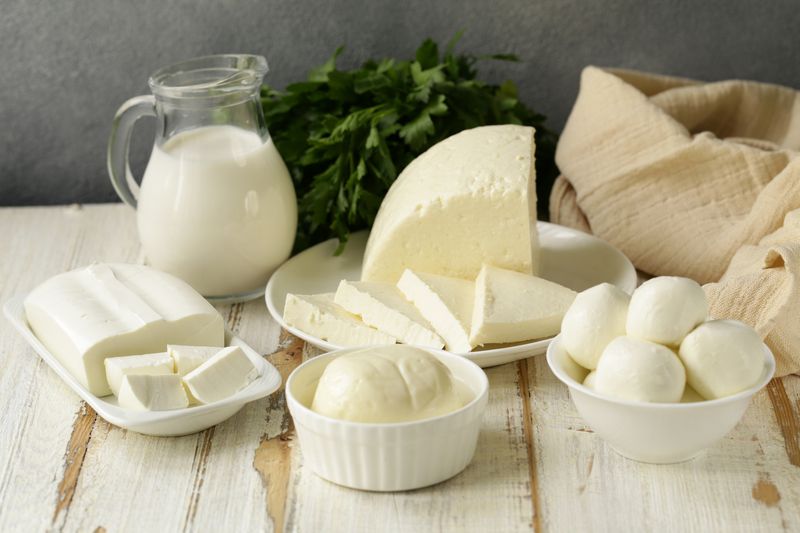
Raw milk and its cheeses might evoke images of traditional farming and wholesome nutrition. However, these dairy products are known to be rife with risks, often containing pathogens like Salmonella and E. coli due to lack of pasteurization. The allure of unprocessed flavor is tempered by these potential dangers.
For those nostalgic for the “good old days,” it’s essential to weigh the taste against safety concerns. Balancing tradition with health, understanding the risks involved can prevent severe illnesses, allowing for enjoyment with peace of mind.
3. Deli Meat

Deli meats, a staple in many lunches, carry hidden hazards that often go unnoticed. These precooked meats can harbor Listeria, particularly when not stored at the correct temperature. The simplicity of grabbing a quick sandwich belies the complexity of ensuring these meats are safe to eat.
Consider the bustling deli, where flavors mix, but so might bacteria. It’s more than just convenience; it’s about vigilance in selection and handling. Choosing reputable sources and maintaining proper refrigeration are key to mitigating risks.
4. Eggs

Eggs hold a foundational place in kitchens worldwide, yet they present a classic risk due to Salmonella. The humble egg’s versatility doesn’t shield it from potential contamination, particularly when consumed raw or undercooked.
In a world of culinary possibilities, ensuring eggs are properly cooked is crucial for safety. For those keen on homemade mayonnaise or sunny-side-up breakfast, understanding the balance between flavor and risk is essential. Cook thoroughly to enjoy without the worry.
5. Leafy Greens
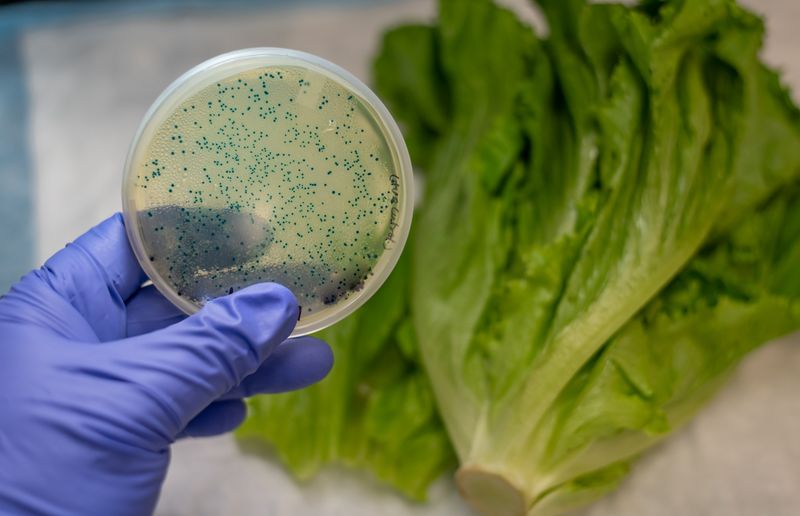
Leafy greens, celebrated for their health benefits, surprisingly top the list of risky foods due to E. coli and norovirus outbreaks. The irony of their nutritious appeal is not lost on safety-conscious consumers.
The fresh, crisp textures demand careful handling. Knowing the source and maintaining rigorous cleanliness ensures the greens remain a safe dietary choice.
6. Cucumbers
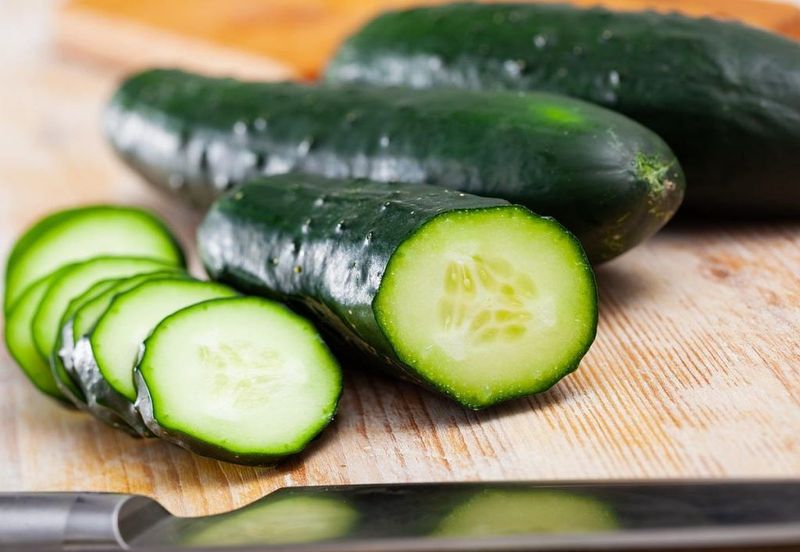
Cucumbers may seem innocuous, yet they’re susceptible to Salmonella contamination. Their refreshing crunch is not immune to bacterial infiltration, especially when sourced from contaminated environments.
The visual of a cool cucumber salad on a summer day contrasts with the hidden possibility of illness. Ensuring they are washed thoroughly and sourced from reputable vendors is key to enjoying their natural goodness safely.
7. Basil
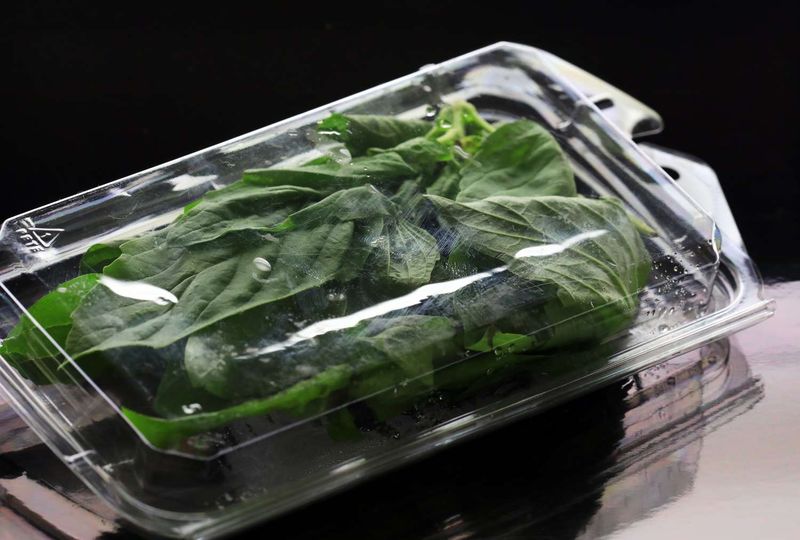
Basil, a staple in many culinary creations, is unexpectedly prone to carrying Salmonella. Its fragrant leaves are beloved for adding zest to dishes but can be a hidden reservoir of bacteria if not handled properly.
The charm of fresh herbs must be matched with meticulous care. By ensuring cleanliness and sourcing from trusted suppliers, the risks associated with basil can be minimized.
8. Organic Carrots

Organic carrots may conjure images of healthy, mindful eating, but they too pose risks if contaminated with pathogens like Listeria. The organic label doesn’t inherently mean safety from bacterial threats.
Visualize biting into a crisp carrot, only to recall the importance of washing and proper handling. Organic doesn’t eliminate the need for vigilance. Ensuring they are thoroughly cleaned and stored properly can safeguard their wholesome appeal.
9. Onions
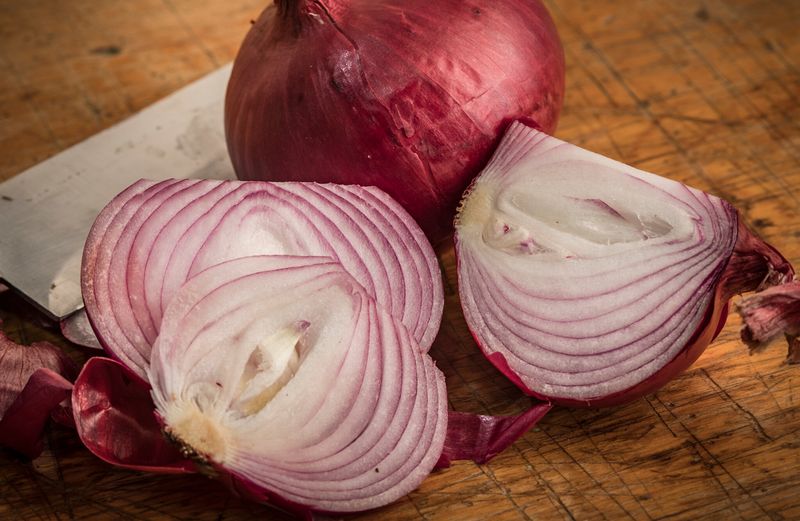
A base in countless dishes, onions might also harbor pathogens like Salmonella if not handled carefully. Their layered structure can hide bacteria, making them deceptively risky.
The irony of a vegetable known for adding flavor potentially being unsafe adds an unexpected twist to cooking. Mindful preparation and sourcing can alleviate these concerns, keeping their culinary magic intact.
10. Cooked Poultry & Meat
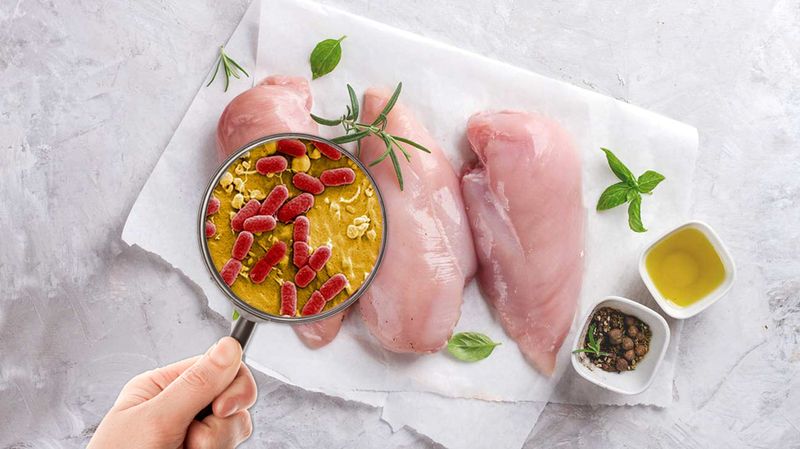
Cooked poultry and meats, often assumed safe, can still pose risks if not heated to the right temperature or stored correctly. The satisfaction of a well-cooked meal can be overshadowed by the threat of bacteria like Campylobacter.
It’s about balancing taste with health. Using meat thermometers and understanding safe storage practices are essential in enjoying these foods without concern.
Leave a comment